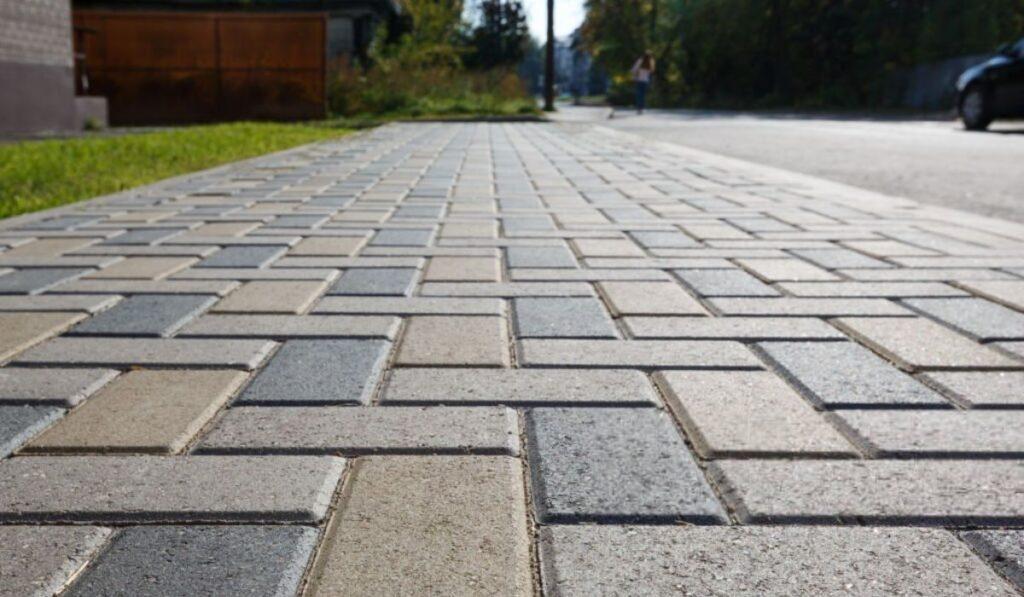Notifications

5 minutes, 25 seconds
-30 Views 0 Comments 0 Likes 0 Reviews

Block paving is a popular choice for residential driveways, patios, and walkways due to its durability, versatility, and attractive appearance. However, like any outdoor surface, block paving requires regular cleaning and maintenance to keep it looking its best. In this blog, we’ll explore everything you need to know about block paving cleaning—from basic maintenance to deep cleaning solutions—so your block paving driveway can stay in top condition year-round.
Over time, block paving can become discolored and stained due to the buildup of dirt, algae, moss, weeds, and oil. These elements not only spoil the visual appeal but also contribute to long-term damage, such as erosion and weed growth between the joints.
Regular cleaning helps to:
Preserve the appearance of your driveway
Prevent weed growth and moss buildup
Extend the lifespan of your paving
Reduce safety hazards like slippery algae
Before you begin cleaning, gather the following tools:
Pressure washer or garden hose with a high-pressure nozzle
Stiff-bristled broom or brush
Weed remover or wire brush
Jointing sand (kiln-dried)
Paving cleaner or mild detergent
Protective gloves and goggles
Start by sweeping the area thoroughly to remove loose debris such as leaves, dirt, and gravel. This prevents clogging the drains during washing and helps you inspect the condition of the paving.
Use a weed remover or wire brush to scrape out weeds and moss from the joints. Be thorough—removing the roots helps prevent regrowth. For large infestations, you may consider applying a weed killer at least a few days before cleaning.
A pressure washer is the most effective way to clean block paving. Use a medium pressure setting to avoid dislodging the jointing sand between the blocks. Begin at one end of the driveway and work in a consistent pattern to avoid streaks.
Tip: Keep the nozzle at a 45-degree angle and at least 12 inches from the surface.
Stubborn stains like oil, grease, or rust may need special treatment. Use a paving cleaner or degreaser designed for block paving. Apply the solution, let it sit for 15–30 minutes, and scrub with a stiff brush before rinsing.
Once the surface is clean and dry, refill the joints with kiln-dried sand. Brush the sand across the surface, allowing it to fill the gaps between the blocks. This stabilizes the paving and prevents weed growth.
Note: Avoid doing this in wet or windy weather.
Applying a sealer can enhance the color of your paving and protect it from stains, moss, and algae. Choose a breathable, UV-resistant paving sealer for long-term protection. Always apply to a dry and clean surface.
For best results, clean your block paving driveway at least once a year. However, lighter cleaning like sweeping and weed removal should be done every few weeks to prevent buildup.
Use natural cleaners like white vinegar or baking soda for mild stains
Install a permeable paving system to reduce runoff and water pollution
Avoid harsh chemicals that can damage nearby plants and wildlife
Using high pressure that damages the jointing sand
Ignoring small weed growth, which quickly spreads
Skipping re-sanding after washing
Applying sealer without proper surface preparation
A clean, well-maintained block paving driveway can dramatically improve your home's curb appeal and functionality. With the right tools and a little effort, you can keep your paving looking as good as new for years to come.
Whether you're performing routine upkeep or deep cleaning after a long winter, following the steps in this guide will help you achieve professional-quality results.
Driveways Services Block Paving in Warrington Block Paving Durham

